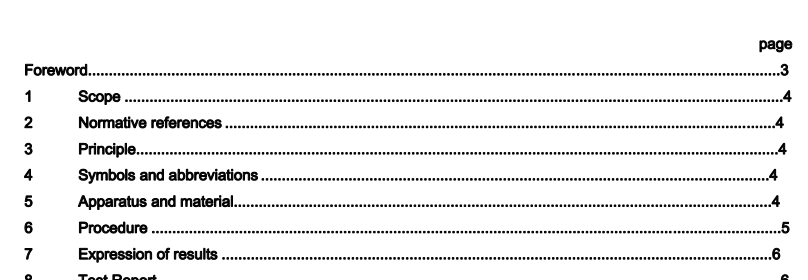BS EN 13892-8:2002 – Methods of test for screed materials — Part 8: Determination of bond strength

Resin based adhesive, e.g. epoxy resin or methylmethacrylate resin. Core drilling device and barrel that enable the drilling of a (50±1,0) mm cylinder through the screed. The core barrel should have a cutting edge that stands proud of the cylinder by (1,5±0,5) mm (to reduce lateral forces being applied on the test area). Diamond sawing machine that enables a cross cut through the screed.
Pull off test equipment complying with EN 24624 with a pulling capacity sufficient to cause tensile bond failure of the specimen. The accuracy shall be within±2 % (a capacity of 10 kN is sufficient for most applications). The pull off equipment shall be capable of applying the load according to 3.1 of EN 24624:1992 and shall be provided with a measurement device that displays the exerted force by an analogue or digital system. The measurement device shall retain the reading of maximum force exerted.
6 Procedure Sampling of screed material and preparation and curing of test specimens shall follow the method in EN 13892-1.
If a bonding agent is prescribed by the manufacturer, it shall be applied to the surface of the concrete test specimens. The thickness of the screed shall be within the range declared by the manufacturer. Either the square or the circular pull-head plates shall be used. The square pull-head plates are preferred where the screed is greater than 20mm in thickness. A minimum of 5 test areas of approximately 50 mm cross section shall be cored or cut through the screed material or the floor screed. The test areas shall be at least 50 mm apart from each other and at least 50 mm away from the edge of the test specimens. The dimensions of each test area shall be measured to the nearest 0,5 mm. The test area shall be calculated and the result recorded. After storage, test specimens shall be cut or cored using a core drilling machine or a saw, as appropriate.
The cutting shall extend through the screed to a depth of more than 5 mm into the substrate. Water cooling should be avoided, especially for calcium sulphate and magnesite screeds. If water cooling is unavoidable, the cutting or coring should be done at least one day before the tensile testing. Damaged specimens shall be rejected. The pull-head-plates shall be bonded centrally on the test areas with the adhesive, preventing any excess adhesive from bridging the cut around the test areas. The tensile load shall be applied perpendicular to the test area through the pull-head plates. The load shall be 2 s).
The failure load shall be recorded. Any test applied without shock and at a uniform rate of 0,05±0,01 N/(mm shall be rejected where the mode of failure is fracture at the adhesive layer between the pull-head plate and the screed and the achieved value is lower than the designated value.
BS EN 13892-8:2002 – Methods of test for screed materials — Part 8: Determination of bond strength